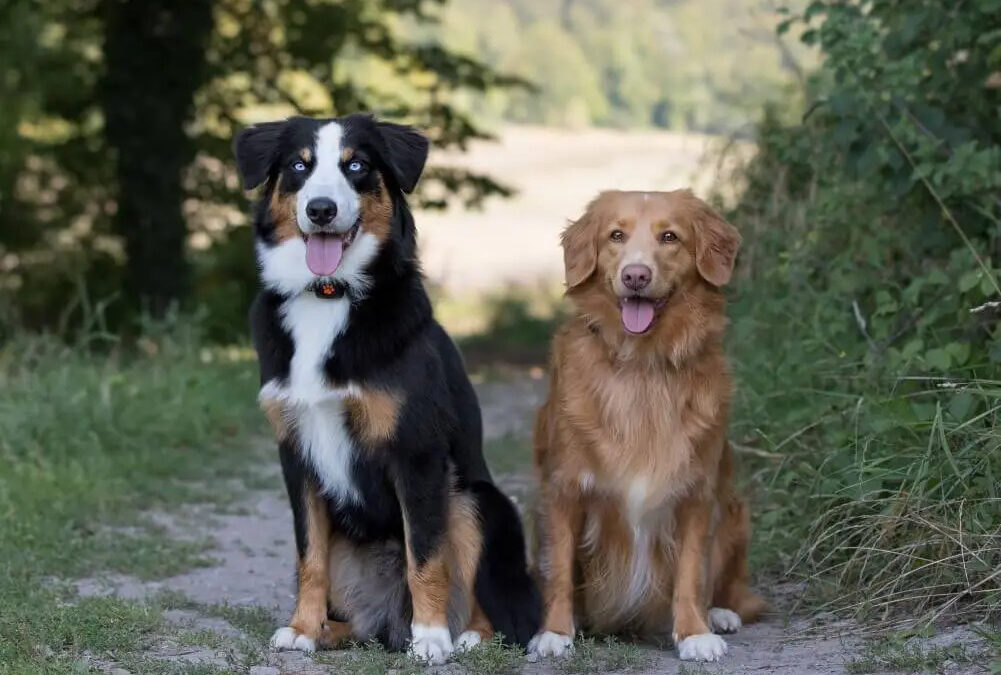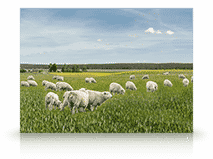Now that summer is winding down, we can feel a touch of fall in the air. Long summer days are already shortening. The evening air is tinged with a chill, a reminder that in the next few weeks the leaves will begin turning, the air will get colder and the kids will finally go back to school.
With kids going back to school, it’s a good reminder that our pets can learn something too! The animal shelters and rescue groups are full of good dogs and cats that simply weren’t given the proper amount of training to be good citizens. You owe it to your pet to give them an education in good manners.
I teach my child to say please and thank you and to respect adults. I expect the same level of politeness from my dog, though she has yet to learn to talk so saying please and thank you are replaced with sitting when I request and walking nicely on a leash.
Let’s talk for a minute about some basic doggy manners. Look over this list. If your dog has not mastered these skills, it might be time to enroll in a doggy obedience class or spend some more time working with your pooch. These skills are taken directly from the AKC Canine Good Citizen test, a comprehensive test originally designed for service dogs. If your dog is a rescue, it may take some extra time or some professional help, but we believe that all dogs can get there! They just need your love, encouragement, discipline and consistency!
- Accepting a friendly stranger – Your dog should stand or sit next to you while a stranger comes up, greets you, shakes hands and has a short conversation with you. Your dog should stay in position without showing overt signs of resentment, shyness or aggression.
- Sitting politely for petting – Again, this is done with a friendly stranger. Your dog should not show signs of shyness or resentment. Your dog should also not then try to jump up and lick the face of the friendly stranger or bite.
- Appearance and Grooming – Your dog should be able to hold still and accept handling and grooming. This makes the job of your groomer and your vet so much easier! Your dog should handle grooming with its regular brush and should also allow a stranger to handle his ears and paws. The dog does not need to hold perfectly still, but must accept the handling.
- Walking on a Loose Lead – Your dog should be able to walk on a loose lead. Pulling is not only a bad habit, but can become downright dangerous if the dog can out muscle the handler. Even on a little dog, constant pulling on a collar can cause permanent bruising to their trachea. Teaching your dog to walk on a loose lead is a basic skill that we believe all dogs should have.
- Walking Through A Crowd – Basic manners on your dog means that your dog should be able to walk in a crowd without mauling (with happiness or aggression) anyone. Your dog should not jump on people, strain on the leash or bark incessantly.
- Sit and lay down on command and stay in place – Teaching your dog to sit and lay down on command aren’t just for show. A dog that is sitting is not jumping up on someone. Teaching your dog to stay can be combined with teaching your dog a command to go to its bed and stay there. You never know when you’ll be in a situation where these commands will come in handy.
- Coming when Called – Dogs should come when called. This is the hardest thing to actually train for and the AKC allows you to use encouragement to get your dog to come to you. Most of the time, a higher pitched, excited voice can help encourage your dog.
- Reaction to Another Dog – This tests your dog’s reaction to other dogs. Your dog should not react to another dog on a leash. You must be able to approach another person with a dog, shake hands and have a short conversation without your dog showing excessive interest in the other dog or handler.
- Reaction to Distraction – This test is designed to show your dog’s confidence. If an object is dropped nearby or a jogger runs in front of the dog, the dog is not to overly react. No barking, running away or aggressiveness.
- Supervised Separation – Can you leave your dog with someone else? Is your dog a mess when he can’t see you? This test requires that you hand your dog to someone else for three minutes. Your dog shouldn’t bark, whine or pace. Your dog can show mild nervousness or agitation but should be able to keep itself under control.
 So now you have the list. What does your dog need work on? Or is your dog already a Canine Good Citizen? I really like this list as a starting point for good training and socialization techniques. It’s not just important that our dogs sit and stay, it’s also important that they are properly socialized. Socialization is the ‘please’ and ‘thank you’ of the dog world when it comes to manners.
So now you have the list. What does your dog need work on? Or is your dog already a Canine Good Citizen? I really like this list as a starting point for good training and socialization techniques. It’s not just important that our dogs sit and stay, it’s also important that they are properly socialized. Socialization is the ‘please’ and ‘thank you’ of the dog world when it comes to manners.











